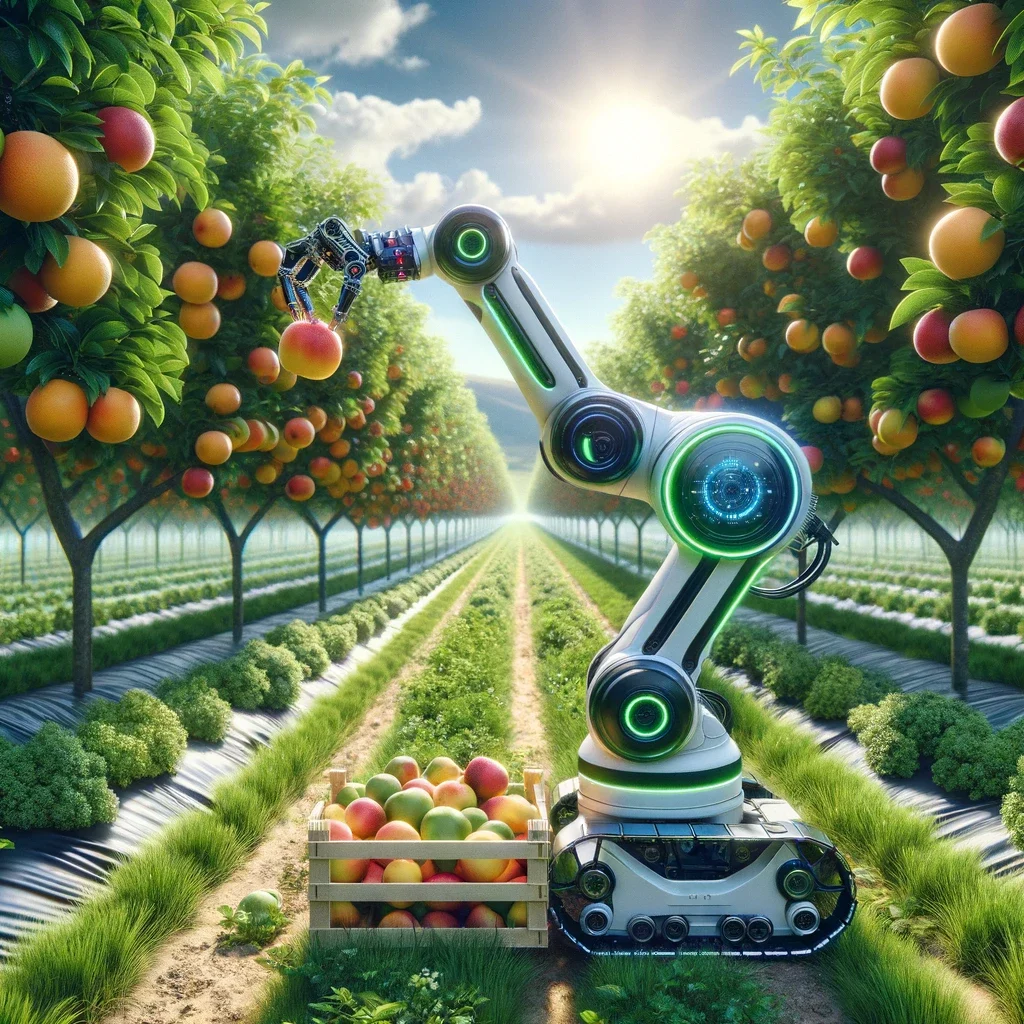In an age where artificial intelligence continues to push the boundaries of technological innovation, a new collaboration between artists and university researchers is emerging to safeguard the intellectual property of creative minds. US illustrator Paloma McClain’s recent encounter with unauthorized AI replication of her artwork has sparked a proactive response within the artistic community, resulting in innovative software solutions to prevent AI-driven copycat activity.
US-based illustrator Paloma McClain found herself in the crosshairs of AI’s relentless pursuit of creative replication. Several AI models had “trained” using her art without her knowledge or consent, leaving her without due credit or compensation. McClain, a staunch advocate for ethical, technological advancement, expressed her concerns: “I believe truly meaningful technological advancement is done ethically and elevates all people instead of functioning at the expense of others.”
In response to the growing issue of AI imitation, Paloma McClain turned to Glaze, a revolutionary free software created by researchers at the University of Chicago. Glaze’s primary function is to outsmart AI models during their training process, manipulating pixels in subtle ways that remain invisible to the human eye while drastically altering the appearance of digitized art to AI algorithms.
Protecting human creators
Professor Ben Zhao, a key member of the Glaze development team, underscored their mission: “We’re basically providing technical tools to help protect human creators against invasive and abusive AI models.” This software, developed in four months, builds upon technology initially designed to disrupt facial recognition systems. Zhao emphasized the urgency of the situation, explaining, “We were working at super-fast speed because we knew the problem was serious. A lot of people were in pain.”
While some generative AI giants have formal agreements for data usage, a significant portion of the data employed to train AI, encompassing digital images, audio, and text, is scraped from the internet without explicit consent. This practice raises critical questions about the ethical use of AI and intellectual property rights.
Since its release in March 2023, Glaze has experienced widespread adoption, with over 1.6 million downloads, reflecting the urgency of the need for tools that protect artists from AI replication. The Glaze team is developing an enhancement known as Nightshade, which aims to further confound AI by distorting its interpretations, such as making it perceive a dog as a cat.
While endorsing Nightshade, Paloma McClain noted its potential to make a significant impact if widely adopted: “According to Nightshade’s research, it wouldn’t take as many poisoned images as one might think.” Several companies have already approached Zhao’s team to explore the use of Nightshade, underscoring its relevance in protecting both individual artists and organizations with substantial intellectual property.
Kudurru: Defending against image harvesting
Viva Voce Startup Spawning has contributed to the defense of creative works with its Kudurru software. Kudurru detects attempts to collect large images from online sources, empowering artists to block access or provide misleading data to disrupt AI’s learning process. Over a thousand websites have already integrated into the Kudurru network.
Spawning has extended its efforts with the launch of haveibeentrained.com, a website featuring an online tool that allows artists to ascertain whether their digitized works have been used to train AI models. This platform empowers artists to opt out of future unauthorized use, providing much-needed control over their creative content.
Researchers at Washington University in Missouri have ventured into safeguarding voice recordings with their AntiFake software. The program enriches digital voice recordings with inaudible noises, rendering it “impossible to synthesize a human voice,” according to Zhiyuan Yu, the PhD student behind the project. AntiFake’s objective extends beyond thwarting unauthorized AI training to prevent the creation of deepfakes, a growing concern in the age of AI-driven misinformation.
A call for ethical data usage
As these software solutions evolve, the conversation surrounding the ethical use of data for AI remains paramount. Jordan Meyer, a co-founder of Spawning, articulated the ultimate goal: “The best solution would be a world in which all data used for AI is subject to consent and payment.” Advocates hope to drive developers in this direction, prioritizing consent and fairness in AI data usage.
In conclusion, the collaboration between artists and researchers is spearheading the development of innovative software solutions to combat AI imitation of creative works. The Glaze, Nightshade, Kudurru, and AntiFake software platforms represent significant strides in protecting intellectual property in an increasingly AI-driven world. While these technologies provide valuable defense mechanisms, they also underscore the need for broader discussions on the ethical use of data in artificial intelligence. As artists and creators continue to assert their rights, the future of AI and intellectual property is poised for a more ethical and balanced evolution.





